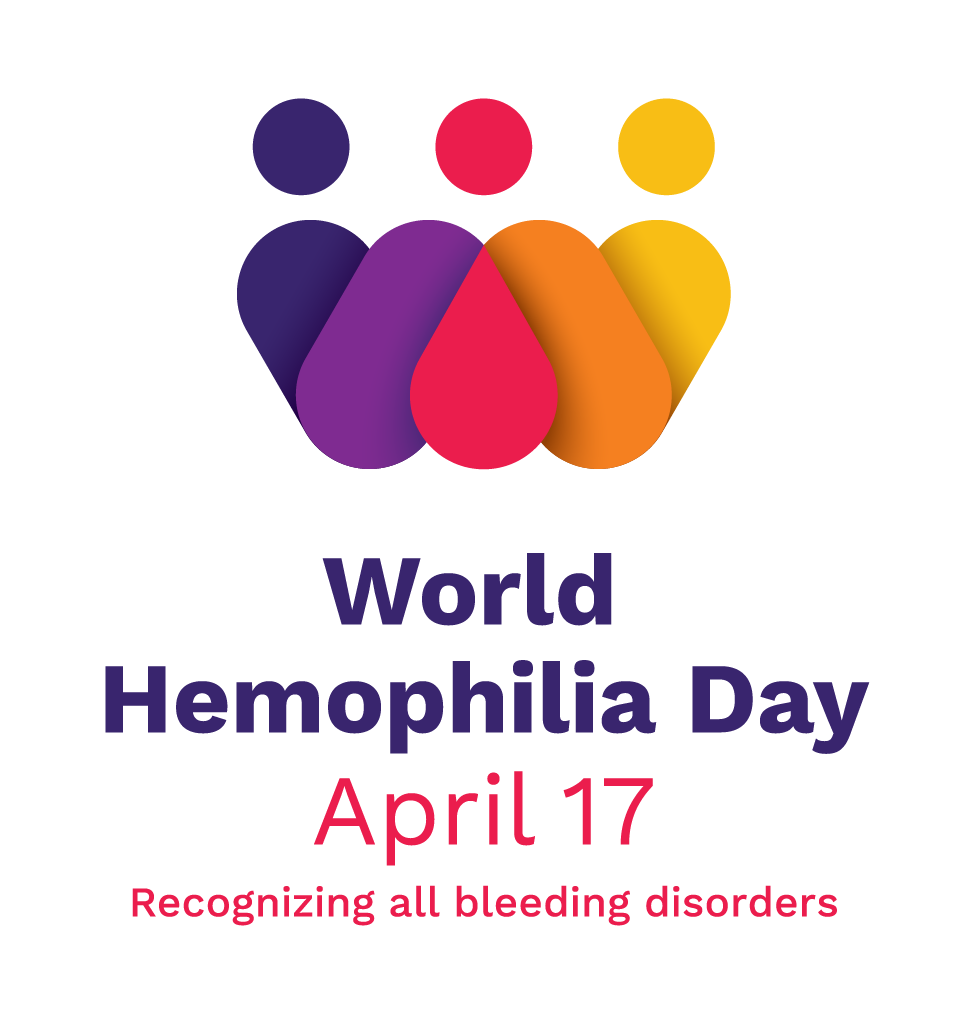Hemophilia B
Hemophilia B, also called factor IX (FIX) deficiency or Christmas disease, is a genetic disorder caused by missing or defective factor IX, a clotting protein. Although it is passed down from parents to children, about 1/3 of cases are caused by a spontaneous mutation, a change in a gene.
According to the US Centers for Disease Control and Prevention, hemophilia occurs in approximately 1 in 5,000 live births. There are about 20,000 people with hemophilia in the US. All races and ethnic groups are affected. Hemophilia B is four times less common than hemophilia A.
Genetics
The X and Y chromosomes are called sex chromosomes. The gene for hemophilia is carried on the X chromosome. Hemophilia is inherited in an X-linked recessive manner. Females inherit two X chromosomes, one from their mother and one from their father (XX). Males inherit an X chromosome from their mother and a Y chromosome from their father (XY). That means if a son inherits an X chromosome carrying hemophilia from his mother, he will have hemophilia. It also means that fathers cannot pass hemophilia on to their sons.
But because daughters have two X chromosomes, even if they inherit the hemophilia gene from their mother, most likely they will inherit a healthy X chromosome from their father and not have hemophilia. A daughter who inherits an X chromosome that contains the gene for hemophilia is called a carrier. She can pass the gene on to her children. Hemophilia can occur in daughters.
- For a female carrier, there are four possible outcomes for each pregnancy:
- A girl who is not a carrier
- A girl who is a carrier
- A boy without hemophilia
- A boy with hemophilia
Symptoms
People with hemophilia B bleed longer than other people. Bleeds can occur internally, into joints and muscles, or externally, from minor cuts, dental procedures or trauma. How frequently a person bleeds and how serious the bleeds are depends on how much FIX is in the plasma, the straw-colored fluid portion of blood.
Normal plasma levels of FIX range from 50% to 150%. Levels below 50%, or half of what is needed to form a clot, determine a person’s symptoms.
- Mild hemophilia B. 6% up to 49% of FIX in the blood. People with mild hemophilia B typically experience bleeding only after serious injury, trauma or surgery. In many cases, mild hemophilia is not diagnosed until an injury, surgery or tooth extraction results in prolonged bleeding. The first episode may not occur until adulthood. Women with mild hemophilia often experience menorrhagia, heavy menstrual periods, and can hemorrhage after childbirth.
- Moderate hemophilia B. 1% up to 5% of FIX in the blood. People with moderate hemophilia B tend to have bleeding episodes after injuries. Bleeds that occur without obvious cause are called spontaneous bleeding episodes.
- Severe hemophilia B. <1% of FIX in the blood. People with severe hemophilia B experience bleeding following an injury and may have frequent spontaneous bleeding episodes, often into their joints and muscles.
Diagnosis
The best place for patients with hemophilia to be diagnosed and treated is at one of the federally-funded hemophilia treatment centers (HTCs) that are spread throughout the country. HTCs provide comprehensive care from skilled hematologists and other professional staff, including nurses, physical therapists, social workers and sometimes dentists, dieticians and other healthcare providers.
A medical health history is important to help determine if other relatives have been diagnosed with a bleeding disorder or have experienced symptoms. Tests that evaluate clotting time and a patient’s ability to form a clot may be ordered. A clotting factor test, called an assay, will determine the type of hemophilia and its severity.
Treatment
The main medication to treat hemophilia B is concentrated FIX product, called clotting factor or simply factor. Recombinant factor products, which are developed in a lab through the use of DNA technology, preclude the use of human-derived pools of donor-sourced plasma. And while plasma-derived FIX products are still available, approximately 75% of the hemophilia community takes a recombinant FIX product.
These factor therapies are infused intravenously through a vein in the arm or a port in the chest. The Medical and Scientific Advisory Council (MASAC) of the National Hemophilia Foundation encourages the use of recombinant clotting factor products because they are safer. Your doctor or your HTC will help you decide which is right for you.
Patients with severe hemophilia may be on a routine treatment regimen, called prophylaxis, to maintain enough clotting factor in their bloodstream to prevent bleeds. MASAC recommends prophylaxis as optimal therapy for children with severe hemophilia B.
Aminocaproic acid is an antifibrinolytic, preventing the breakdown of blood clots. It is often recommended before dental procedures, and to treat nose and mouth bleeds. It is taken orally, as a tablet or liquid. MASAC recommends that a dose of clotting factor be taken first to form a clot, then aminocaproic acid, to preserve the clot and keep it from being broken down prematurely.

